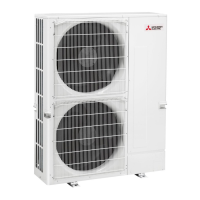
Do you have a question about the Mitsubishi Electric PUMY-P200YKM and is the answer not in the manual?
| Type | Heat Pump |
|---|---|
| Cooling Capacity | 22.4 kW |
| Heating Capacity | 25.0 kW |
| Refrigerant | R410A |
| Operating Temperature (Cooling) | -5 to 46°C |
| Power Supply | 380-415V, 50Hz, 3-Phase |
Discusses precautions for using R410A refrigerant and related tools.
Outlines installation guidelines for salt-proof models to prevent damage.
Details the construction and components of the outdoor and indoor units.
Provides model identification and unit specifications for cooling/heating.
Explains how to obtain system capacity and provides sample calculations.
Presents standard operating data based on ambient temperature conditions.
Provides graphical diagrams showing capacity based on total indoor units.
Details how to adjust capacity based on air conditions and piping length.
Shows noise levels across different frequency bands for the unit.
Illustrates transmission wire connections and address settings for system setup.
Depicts the refrigerant circuit diagram with key components and piping specs.
Explains wiring, methods, and address settings for M-NET and MA controller systems.
Outlines procedures and checks to perform before and during a test run.
Describes how to perform group and paired settings using the M-NET remote controller.
Lists error codes and provides countermeasures for abnormalities detected during test runs.
Introduces electrical wiring for the system, including power and control wiring.
Details main power supply wiring, cross-section areas, and breaker capacities.
Specifies types of control cables and wiring examples for transmission systems.
Explains how to set identification addresses for units and controllers using switches.
Provides sample wiring diagrams for a basic M-NET system setup.
Guides on calculating electrical characteristics for power company applications.
Illustrates connection examples for line-branch piping to multiple indoor units.
Details how to select the appropriate branch kit based on piping configurations.
Guides on selecting pipe sizes for different sections of the refrigerant piping.
Explains how to calculate and charge additional refrigerant for extended piping.
Provides precautions and procedures to confirm R410A concentration and manage leaks.
Details the steps to remove the service and top panels of the unit.
Provides instructions for removing the fan motor assembly.
Outlines the process for removing the electrical parts box.
Step-by-step guide for removing the suction pipe thermistor.
Step-by-step guide for removing the ambient thermistor.
Details the removal of HIC, compressor, and outdoor pipe thermistors.
Instructions for removing the 4-way valve coil.
Steps for removing the 4-way valve assembly.
Procedures for removing the bypass valve coil and the valve itself.
Guides for removing the high pressure switch and sensor.
Instructions for removing the low pressure sensor.
Steps for removing the electrical expansion valve.
Procedure for removing the reactor (DCL).
Detailed steps for removing the compressor.
Instructions for removing the accumulator.
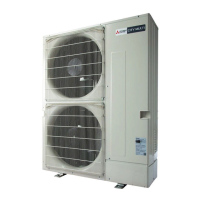

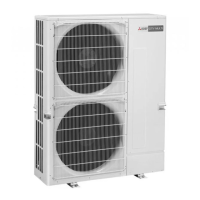




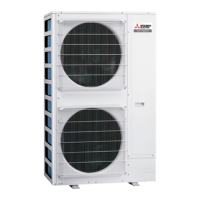
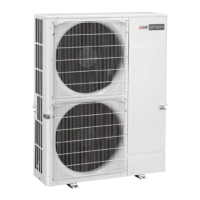
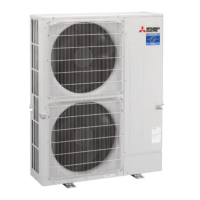
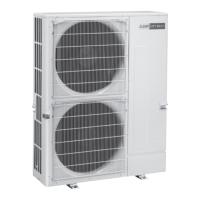
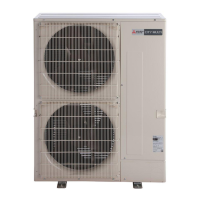
